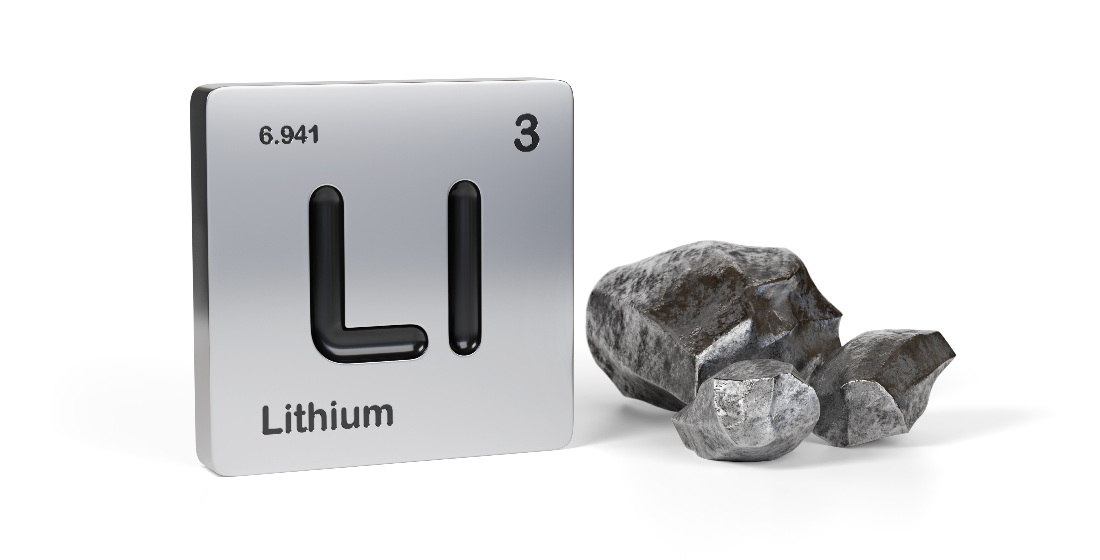Natural allies – but a changing alliance
Following a collaboration between FMO and The eco.business Fund, Uxolo spoke to impact asset manager Finance in Motion about the nuanced and ever evolving relationship between development finance institutions and impact investment funds.

In late August, Dutch development bank FMO agreed to commit $10 million to impact investment fund The eco.business Fund for its new Sub-Saharan Africa sub-fund. Through the investment, the pair aim to support business and consumption practices in the region that contribute to the sustainable use of natural resources and the conservation of biodiversity – eight of the world’s 36 key biodiversity hotspots are in sub-Saharan Africa.
Launched at the beginning of 2020 with initial funding from German Federal Ministry for Economic Cooperation and Development (BMZ), the $30 million sub-fund will invest in the four priority sectors of The eco.business Fund: agriculture, fishery (including aquaculture), tourism and forestry.
The debt fund will provide financing through three avenues: directly to its target group, local companies and producers; to local financial institutions that have the capacity to reach the target group; and to real sector intermediaries such as commodity buyers and traders. Target beneficiaries will need to hold an eligible sustainability certification, or will be taking out the loan to make eligible sustainable investments in their operations. A development facility will operate alongside the fund to provide technical assistance to investment partners and final borrowers.
Advised by impact asset manager Finance in Motion, The eco.business Fund was created by Germany’s KfW Development Bank and Conservation International with financial support from BMZ. FMO has been a partner of The eco.business Fund since 2015 and has thus far invested $25 million in its sub-fund for Latin America and the Caribbean. The partnership is the latest in a long history of collaboration between DFIs and impact investment funds – two entities that are natural allies in the development finance market. Uxolo caught up with The eco.business Fund’s adviser Finance in Motion, recently voted Environmental Finance’s Asset Manager of the Year, to find out more about this nuanced and ever evolving institutional relationship.
Uxolo Global (UG): How often do you work with DFIs?
Sylvia Wisniwski (SW), managing director, Finance in Motion: We work with DFIs a lot. They constitute around 30% of our funding base, so obviously have frequent contact with them. In terms of sourcing funding, generally these are long-term funds, so therefore we usually have two or three active transactions a year. Generally the DFIs come in with an eight-ten year stamp or longer, and that’s what makes it attractive to work with them: they bring in a long-term funding base – whereas, the private investors generally don’t go beyond five years.
That kind of collaboration between impact funds and DFIs has typically always been like that. But certainly our focus going forward is to leverage more private capital, which is really what we’re trying to pivot towards. DFI funding needs to play a complementary role in our funding base rather than be the main source. Where private capital can be brought in, it should get priority.
UG: What are the advantages of such a partnership for each party?
SW: On our side, clearly the long-term capital is a big help for us. The other element is that the DFIs bring a certain discipline and level of standards with them when it comes to ESG criteria, impact measurement, monitoring rigidity, and compliance topics such as prohibited practices. They bring an additional layer of rigour and standards, almost on top of what the regulator brings. They also play an additional role in terms of the corporate governance of the funds. They are often represented on the boards and investment committees, so they bring a whole load of practical knowledge to the operations.
From the DFIs’ side, not all of them have the same physical presence in our investment regions as we have. So in some regions, they might only have a few hubs; whereas we have many more local offices, so our physical presence can be broader than some of their network.
Secondly, we can also serve lower-end markets than they do; smaller ticket sizes, more complex counterparties – which is difficult for DFIs to cover because of the operational cost implications. Because we have lighter and more agile structures, we don’t have all the banking cost structure on top of us and therefore we can afford to do smaller ticket sizes than them.
The third aspect is that impact funds often have a what’s called a ‘development finance laboratory’ approach: they test out new approaches and they learn off other institutions’ practices so they can adopt the effective ones themselves. And also most of the funds that we’re advising also have a technical assistance facility that sits adjacent to them. So it’s not just funding we’re providing, but also a lot of research, studies and technical support to our counterparties – a lot of learnings are generated that DFIs can benefit from.
And finally, there’s the leveraging aspect. If they go into a transaction, it’s just their money; whereas, impact funds are structured to crowd-in private capital. So with the investment, the DFIs will have an additional impact because their money will mobilise additional private capital, because they generally join in a subordinated function so they’re protecting the private capital. So that means much greater volumes can be deployed for their desired development purposes.
UG: How do you see the relationship between DFIs and impact funds developing in the coming years?
SW: It’s an evolving partnership. The development focus of today may shift as private capital takes over in certain areas. Take microfinance, that’s pretty mainstream now and going forward private capital will play a much more prominent role there and the role of DFIs will gradually diminish – or at least retreat to focus on specific regions or specific players, such as microfinance to empower women.
In general the role of DFIs will remain, but they’re shifting their focus. For example, KfW Bank was created after World War II as Germany’s “reconstruction bank”. But today the focus of the bank is now on green energy and green housing projects and other such areas. Similarly, other DFIs have been shifting their focus as the private sector takes over in certain areas.
The impact funds are thus partially replacing the DFIs in various spaces, but the impact funds’ focus is also always evolving. For example, our Green for Growth Fund started out very much with a focus on renewable energy and energy efficiency, but today has moved on to the so-called ‘nexus’ area, which links energy with distribution systems, such as using renewable energy to power more efficient farming irrigation systems.
UG: Is private impact capital becoming more accessible for development purposes?
SW: Yes, but it’s coming from a combination of factors. It certainly has something to do with the regulatory requirements: the EU Taxonomy, the Sustainability Related Disclosures in the Financial Services Sector (SFDR), the MiFID adjustments that now require that when you distribute a product to the private sector you need to also offer a sustainable product next to it, and so on. So all this gives a much higher profile to, and is a driver of, private capital in this area, which has been increasingly forced to focus on the space.
Then, a lot of pledges or commitments are now being introduced at corporate and asset-owner level. For example, the Net-Zero Asset Owner Alliance, established in 2019, where large asset owners – pension funds, insurance companies, etc – have committed to change their portfolios to be net-zero emissions by 2050. So you have these big stakeholders who come up with these kinds of commitments and are now setting about trying to achieve them.
You have the same thing at the corporate level, where more than 100 multinationals, from Coca Cola to Unilever, have also come up with emissions commitments. And you also have some of those multinationals who have broadened the scope and are now going beyond carbon and are including natural resources in their commitments; for instance, Starbucks recently committed to cutting their resource footprint by half over the next ten years.
From a corporate or asset-owner level, you simply can’t afford to be dirty anymore. Asset owners are investing the pensions of future generations, who simply don’t have the tolerance level for climate-destructive activities anymore – particularly the millennials.
UG: Has there been any drop-off in private impact capital as a result of the pandemic?
SW: We haven’t seen drop of – yet. We still see private capital coming in quite nicely, but we’re also benefiting from this risk cushion from the public side. And that serves as an additional quality seal for the fund. It assures investors that getting involved in a fund with that kind of endorsement is much less risky than otherwise; while, at the same time, you have the risk protection, which is obviously really important in these uncertain times.
But it all depends on how long this crisis goes on. If we’re seeing the end of it and things start to get better next year, then I think the private capital will still keep flowing in. But if this proves to be a persistent crisis that goes for two-three years, we could well see a drop-off in the flows of private capital in this space as corporates and asset-owners re-prioritise their investments on a needs-must basis.





